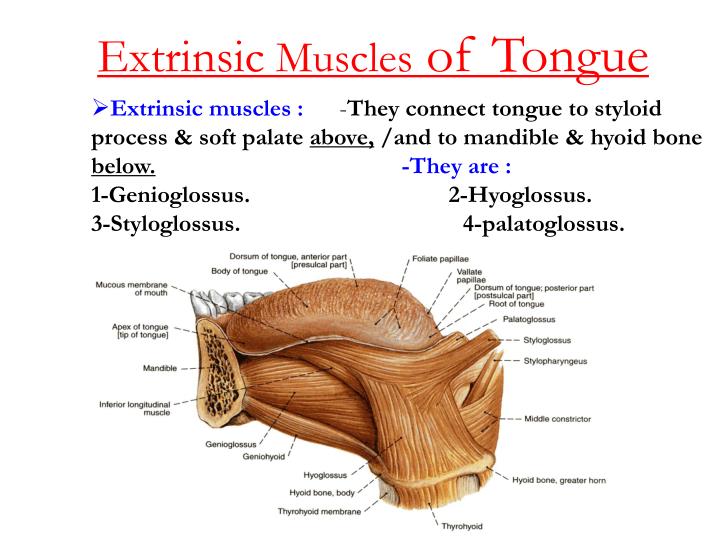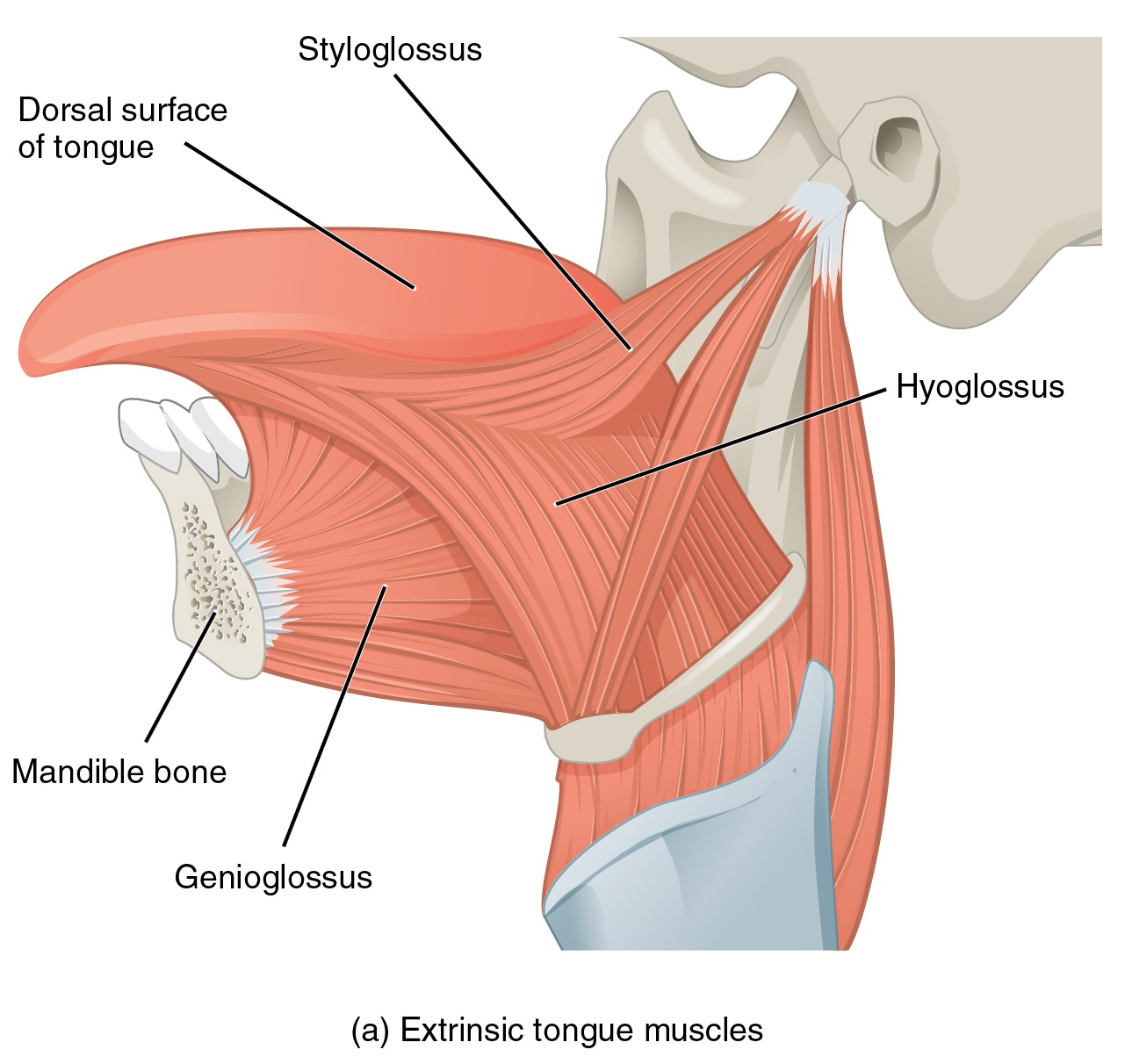Your tongue is the only muscle in your body that is attached at only one end

Your Tongue: The Fascinating Muscle Attached at Only One End

When it comes to remarkable body parts, our tongues are often overlooked. However, this incredible muscular organ plays a significant role in our daily lives, from facilitating speech to enhancing the enjoyment of our favorite foods. But did you know that the tongue is the only muscle in your body that is attached at only one end? Let’s dive deeper into the anatomy and functions of this unique muscle.
The tongue is a versatile, complex, and agile muscle that lies partially within the oral cavity. It’s composed of various muscles working together, enabling its wide range of movements. Primarily consisting of skeletal muscle, the tongue contains both intrinsic and extrinsic muscles.
The intrinsic muscles are responsible for fine motor movements, such as shaping the tongue to produce different speech sounds. On the other hand, the extrinsic muscles allow the tongue to move in different directions and perform broader motions such as sticking out, retracting, and side-to-side movements.

The tongue is connected to the hyoid bone, located in the neck, by a group of extrinsic muscles. These muscles include the genioglossus, styloglossus, and hyoglossus, among others. These connections provide stability and allow the tongue to move freely and precisely.
Apart from its remarkable flexibility, the tongue is also involved in various essential functions. Its primary roles include taste perception, swallowing, and speech production. Taste buds, located on the surface of the tongue, enable us to experience different flavors, enhancing our enjoyment of food and beverages.
When we speak, the tongue positions itself to obstruct or allow the passage of air through the oral cavity, altering sound patterns and articulation. This interplay between the tongue, lips, and vocal cords allows us to produce a wide array of speech sounds and ultimately communicate effectively.
Moreover, the tongue contributes significantly to the process of swallowing. It initiates the transfer of food from the oral cavity to the esophagus, ensuring safe passage into the digestive system. Coordinated movement patterns performed by the tongue muscles help push the food bolus toward the throat, initiating the swallowing reflex.
Understanding the unique role of the tongue in our daily lives highlights the importance of keeping it healthy. Maintaining good oral hygiene, including regular brushing, flossing, and tongue cleaning, can help prevent issues such as bad breath and microbial imbalances.
In conclusion, our tongues are fascinating muscles that deserve recognition for their remarkable abilities. Being the only muscle in the body attached at only one end, the tongue showcases its exceptional agility and versatility. From assisting in speech production to aiding the process of taste perception and swallowing, this muscular wonder is a vital part of our everyday lives. So, take a moment to appreciate all that your tongue does for you and ensure its well-being through proper oral care.
Source: Healthline: Human Body Maps - Tongue
Share
Related Posts
Quick Links
Legal Stuff

